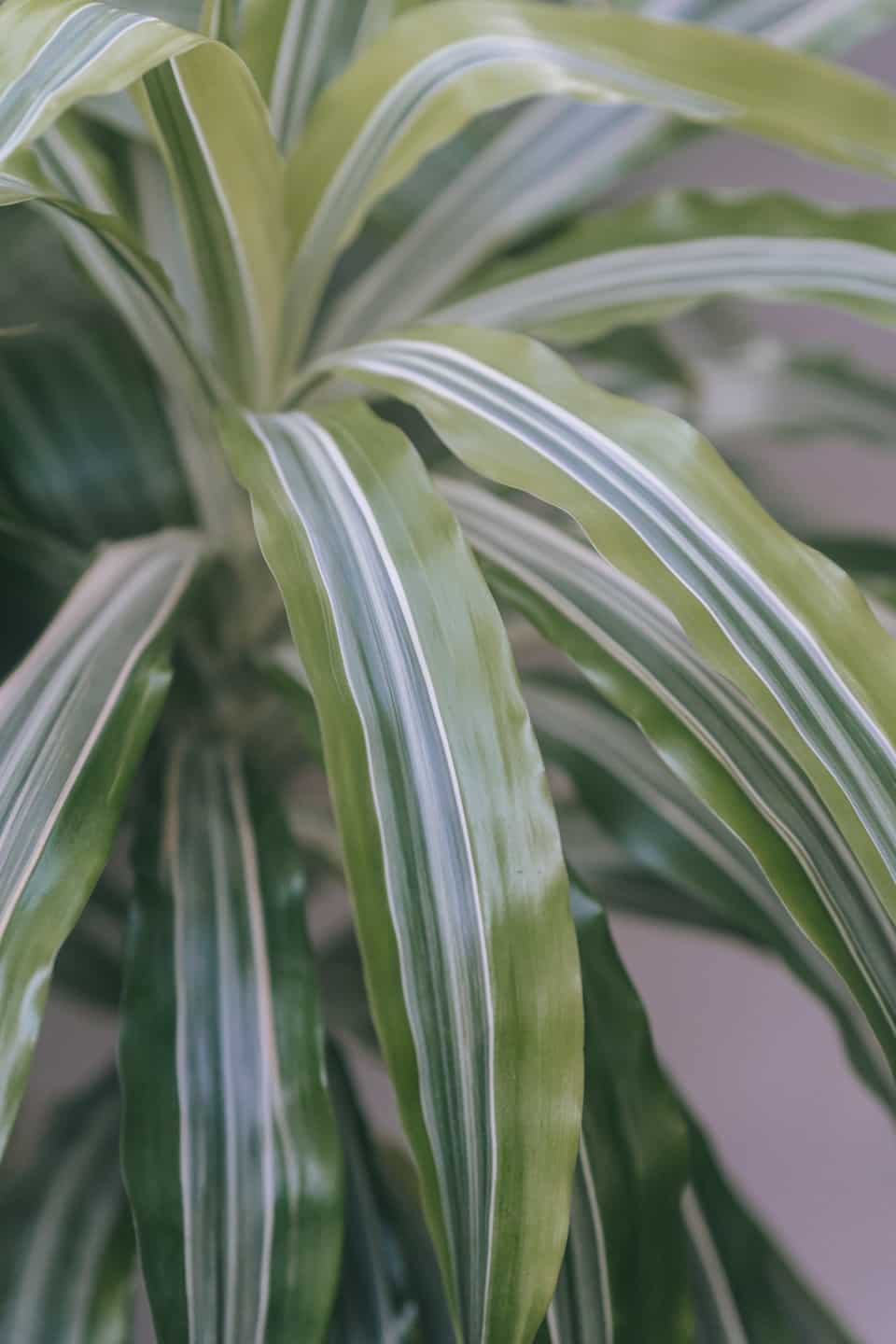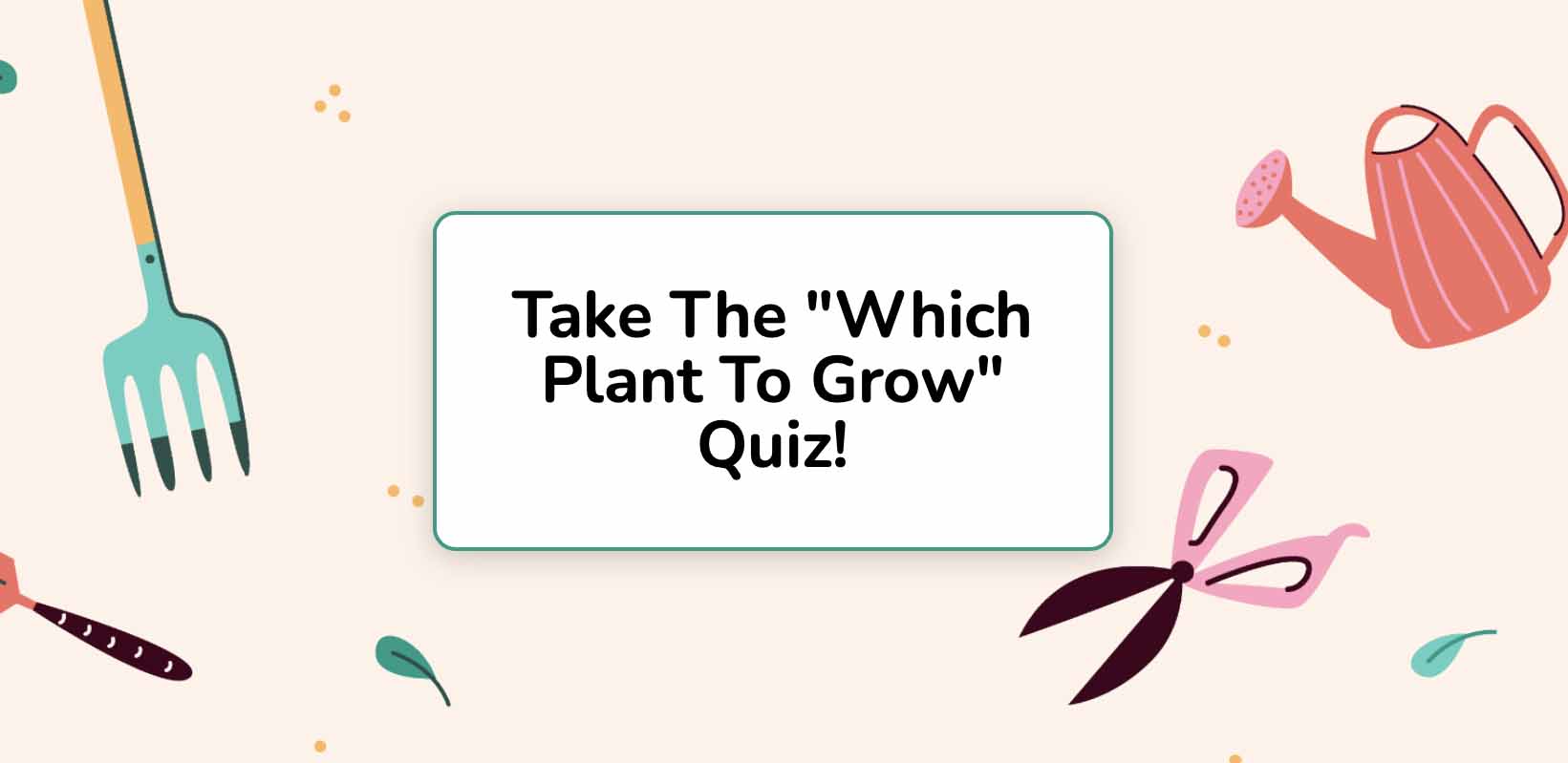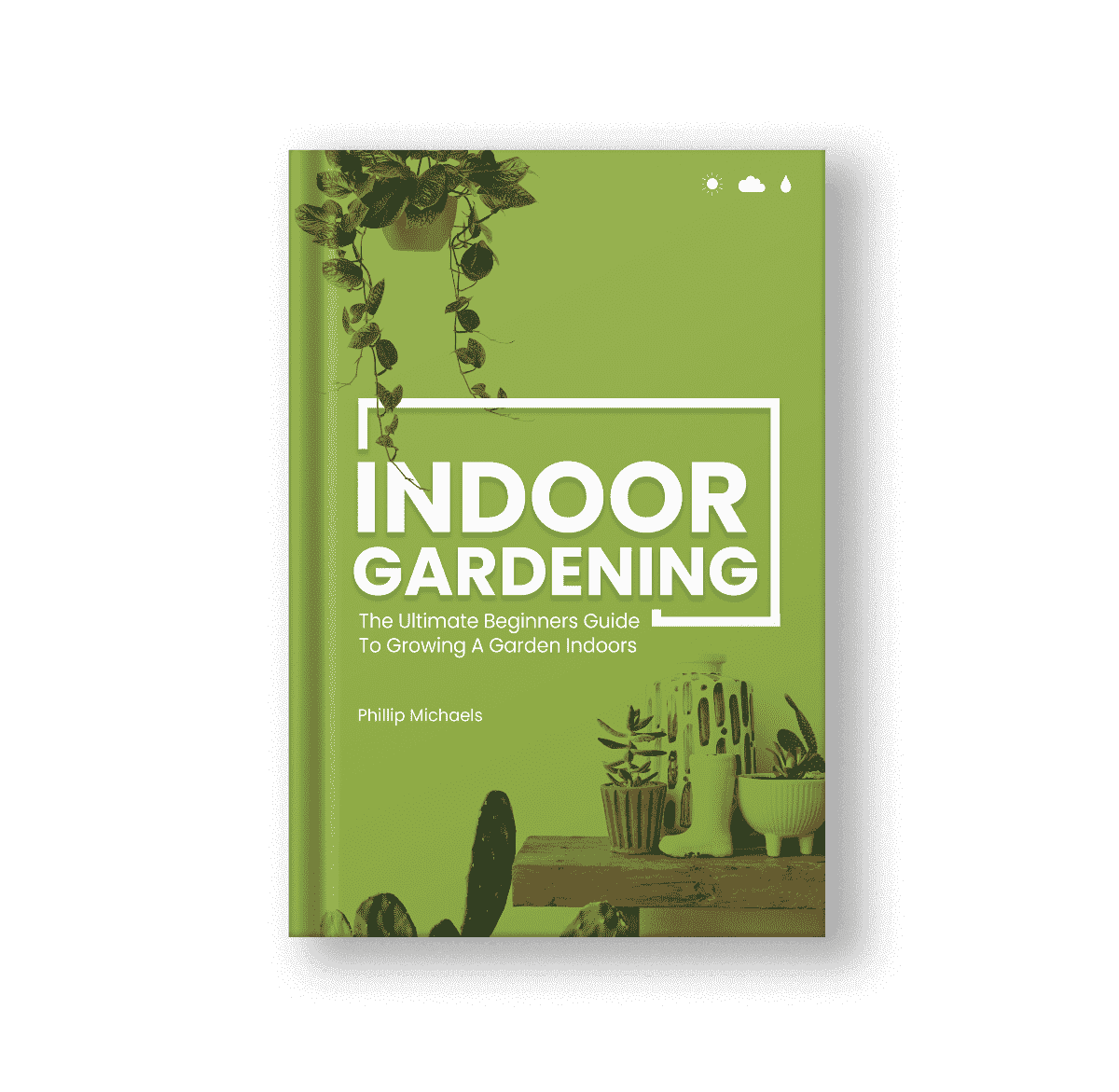Dracaenas are a prevalent house plant known chiefly for their ornamental value. They instantly add a light sparkle to your interior space and beautify any room they’re in. They also provide some added air-purifying abilities like many other green plants. Learning dracaena plant care is easy and fun.
Dracaenas also increase the humidity in a room, which is excellent because dry air is bad for your skin. So, you can never go wrong with a couple of dracaenas in your room. They can make a real difference. The best part is that they are low maintenance, so caring for your dracaena house plant is relatively simple.
Dracaena Plant Overview
- Dracaena plants are popular as indoor and outdoor ornamental house plants.
- They have a bushy appearance and grow to about three feet indoors. Although, when planted outdoors, they can rise from two to ten feet tall.
- Adorned with straight, long, and glossy leaves, which can be the focal point in any interior space they occupy. They create a striking view and add to the room’s aesthetic value.
- Dracaena plants improve air quality and humidity.
- Maintenance is simple, and it can withstand a wide range of conditions.
- There are over a hundred varieties of dracaena, and some of the most popular are the striped dracaena, the dragon - tree, the cornstalk, and the song of India.
Soil/Container
To plant them, you need a container about one-third larger than the plant’s root ball. Make sure that whatever container you grow them in has enough space to allow about 2 inches between the container wall and the root. This ensures that your plant has enough room to grow and avoids constricting the roots. Dracaena don’t like to be constrained, so they need an appropriate sized pot to stay healthy. You should also ensure that your chosen container has drainage holes to allow excess water to escape the soil.
Dracaena plants require a well-drained, rich, and chunky soil mix. If the roots are wet for a long time, they will start to rot. They also do very well in soils with pH levels of 6-7, which is slightly acidic.
The best soil to grow dracaena plants in is a mix of loamy soil or humus and some peat. Proper soil mixing is essential as it affects the plant’s long-term health and plays a critical role in plant growth. Loamy soil is excellent because it’s rich with nutrients, has excellent water retention and drainage capacity. This is particularly great for dracaena plants because you want the roots to have just enough water, but not too much.
Planting
With planting you have two general options, starting with a seedling/existing plant or starting with seeds. Using an existing plant is obviously faster, but both options are fairly easy. We’ll start with starting with a seedling, and then we’ll look at growing seeds.
Seedlings
Start by filling your container with a proper soil mix, then create a hole in the soil about the size of dracaena you’re planting. If it came in a pot, take it out of its original pot and place it within the hole you’ve created in the soil. Make sure you handle it gently to avoid damaging any of the plant’s roots.
If it came in water, as some species do, gently remove the plant and place it in the hole. Make sure the hole is large enough to accommodate the stem, and you’ll want to make sure it goes at least 2 to 3 inches into the soil. Then press the soil around it and put it in a well-lit area with bright indirect light.
From Seeds
Growing them from seeds is also easy, but they are slow-growing plants that demand some patience. You should purchase your seeds from a trusted supplier specializing in indoor plants.
First, soak the seeds in room temperature water and leave them there for three to five days. This process will help break seed dormancy and enhance germination.
After that, fill a small container with an appropriate seed starting soil mix. Make sure the soil mix is a little moist and that the container should have a drainage hole at its base. Then sprinkle the seeds on the surface of the soil mix and cover them with very little soil.
Dracaena seeds will germinate at temperatures ranging from 65-80˚F, so you’ll need to place your container on a heat germination mat or in an area that stays warm. To create a greenhouse-like climate, cover the plants with clear plastic. This traps in moisture to keep the soil slightly moist and perfect for seed germination.
Place your container in a well-lit area. It is best to avoid direct sunlight. Keep the soil moist but don’t use too much water because the seeds will rot if left too wet.
It will take four to six weeks for the seeds to germinate, and once they do, you can remove the plastic covering. Once they grow, you can transplant them into individual pots.
Lighting
Dracaena grows best in locations that get lots of bright but indirect light. It’s generally best to avoid placing them in direct sunlight as this can burn out the fragile leaves.
While they can survive in lower light environments, this will slow down their growth and can lead to “leggy growth” if you’re not careful. You’ll see faster and more full growth the more sun they get.
Water/Fertilizer
Use commercial fertilizers that are water-soluble with an NPK ratio of 3:1:2 and other trace elements. Dracaena plants need very little fertilizer to grow, too much and their leaf tips might be burned if there is too much fertilizer. Because of this, you should only feed them once or twice a year and dilute your fertilizer to about half of the recommended strength. You can do this once during summer and once again in autumn.
You don’t need much water either. The soil should be damp, but don’t drown your plant. Make sure the soil is dry before adding water, most plants will need water about once per week. Between waterings, you can gently mist them to keep them moist and humid without risking overwatering.
Dracaena plants react to fluoride found in city/tap water so try to use rainwater only. You can leave the tap water to sit overnight as well. This helps to reduce the fluoride content in the water and makes it safer for your plant.
Temperature/Humidity
Dracaena plants will grow well between 65-80˚F, and they do well in areas with relatively high humidity (65-80%). However, they can survive in much drier environments, but they won’t do as well in places with constantly changing temperatures. More important than getting the exact temperature or humidity correct is to make sure it stays consistent for your plant.
Propagation
You can grow new dracaena plants by taking cuttings from your existing dracaena plants. There are two main methods, and these are by taking the top cuttings or the stem cuttings. Taking top cuttings involves the removal of the top of the parent plant. The parent plant will continue growing normally, and you can transplant the cutting for propagation. Stem cuttings are more common and involve cutting a significant portion of the parent plant. As long as at least half of the parent plant remains intact, it should continue growing.
Cuttings can be propagated in moist soil or water, and they should be kept in a warm environment with indirect sunlight. Once the roots begin to form, if you start them in the water, you should place them in a container in moist soil. In any case, you can use rooting hormones to help speed up the process, but it’s not strictly necessary.
Dracaena Plant Care
Like other indoor plants, Dracaena plants are a lovely addition to any interior space, and because they’re easy to maintain, you won’t have to go through much stress to keep them looking good. They have many benefits to add to your indoor space, so what are you waiting for, get growing this beautiful plant today!
Dracaena Plant FAQ?
Does dracaena need a lot of light?
They should be placed in bright areas, but those areas should have indirect sunlight. They can survive in poorly lit areas, but they will grow slower. Too much direct light can burn out their leaves.
Is dracaena an easy plant to keep alive?
They are tough plants and can survive in various poor conditions. They’re quite hardy, and are generally considered a fairly easy plant to grow both indoors and outdoors. That hardiness doesn’t mean you should neglect them though as they are susceptible to a lot of common plant issues like root rot.
How long do dracaena plants live?
You can expect them to stay alive for two to three years. At this point you’ll start to notice leaves beginning to turn yellow, which is normal as the plant reaches the end of its life.
Are Dracaena Plants Toxic?
Dracaena is known to be toxic for both cats and dogs and ingestion can be harmful for them. Luckily, the symptoms are generally fairly mild, and most animals will recover after a little rest.







